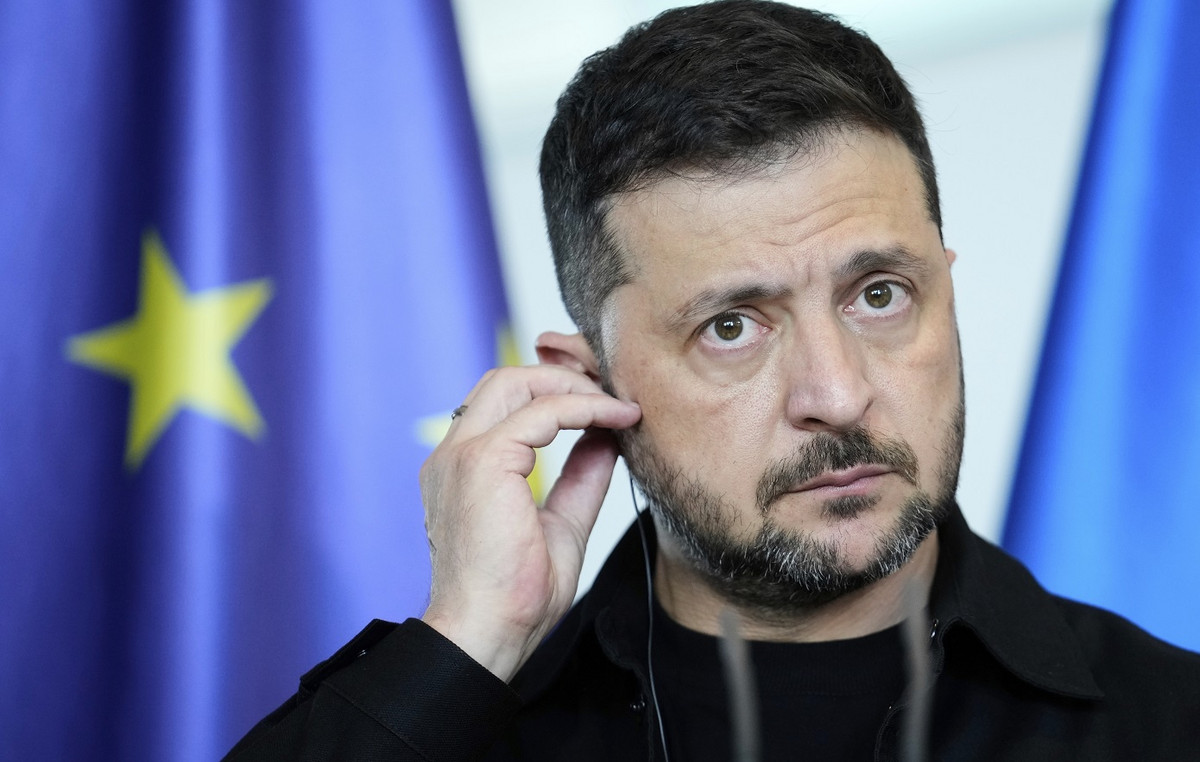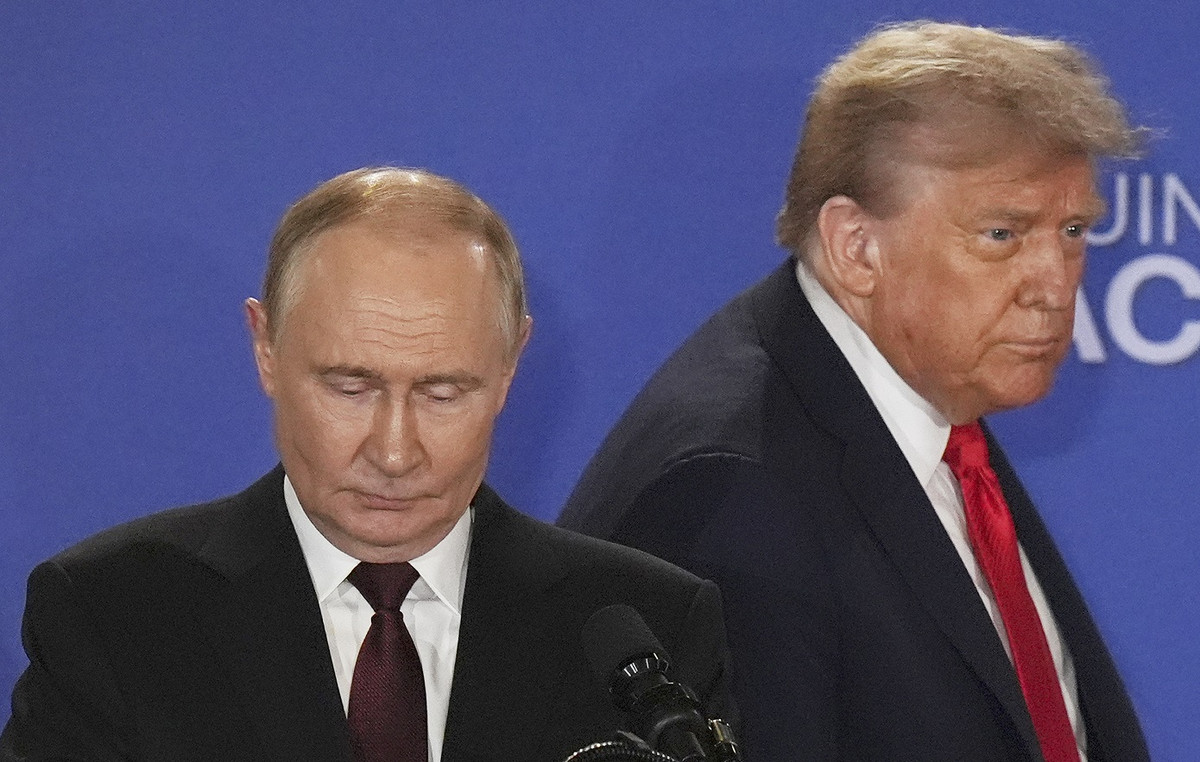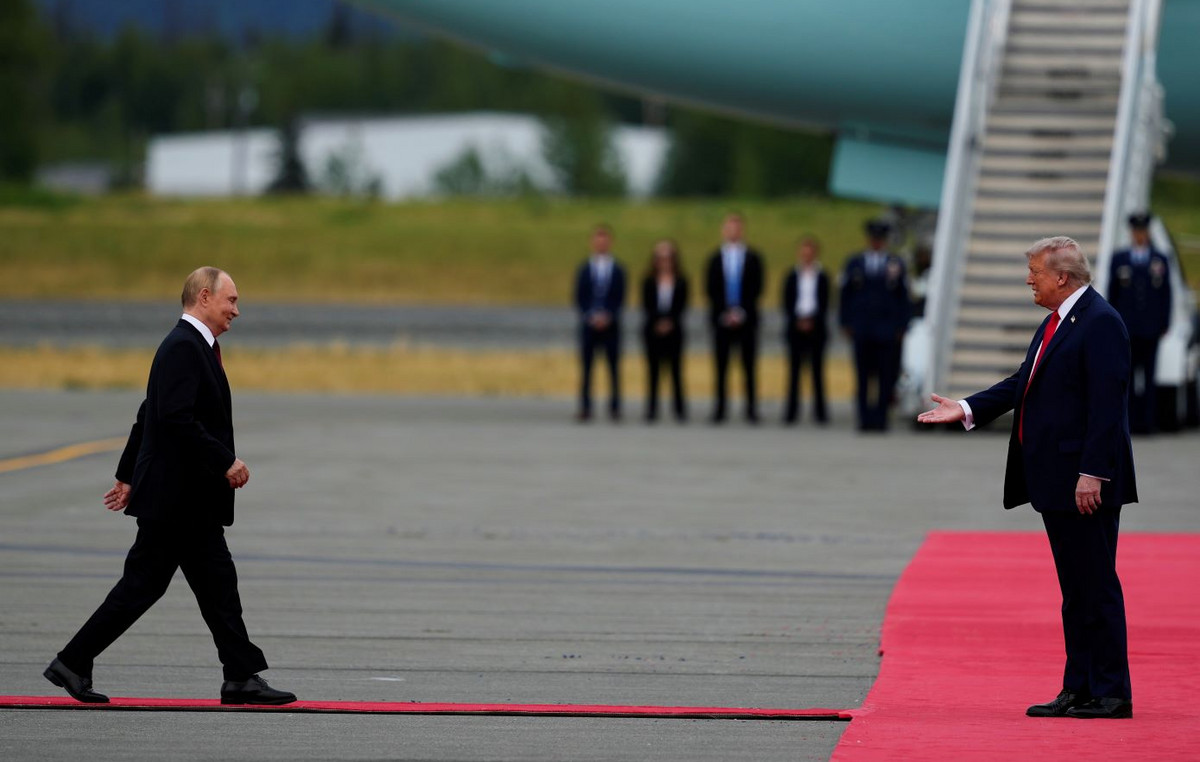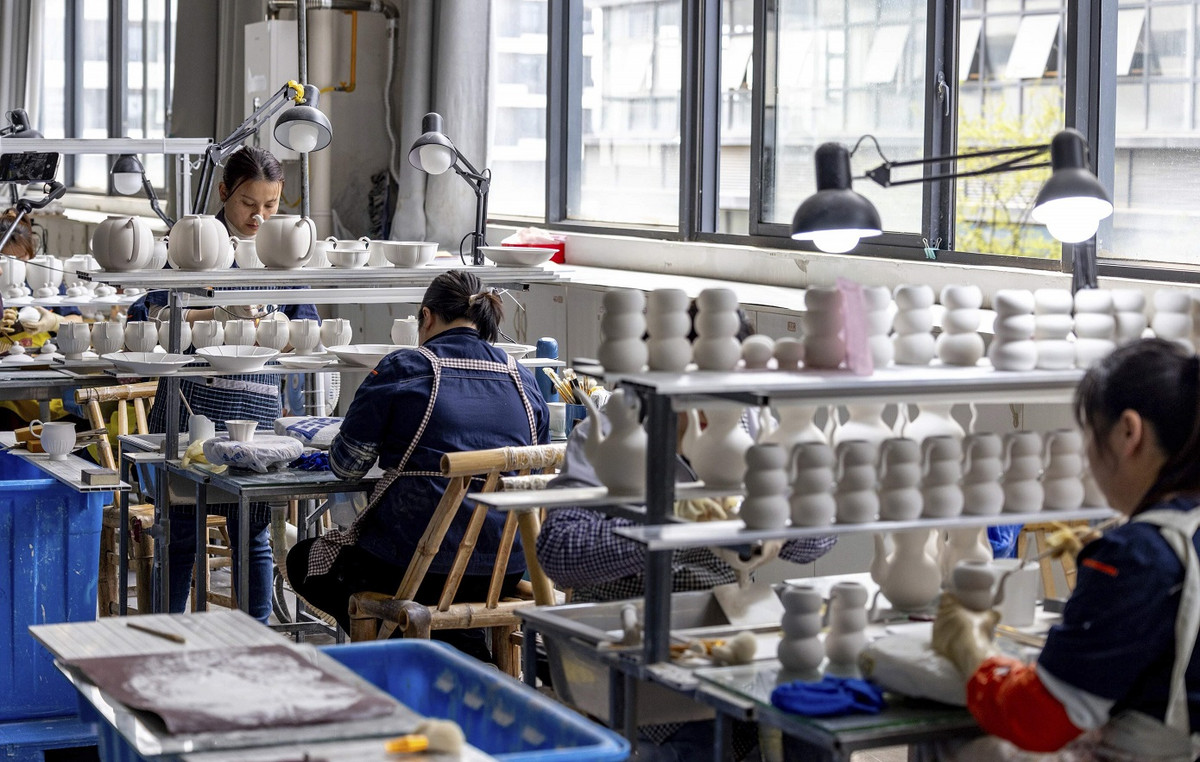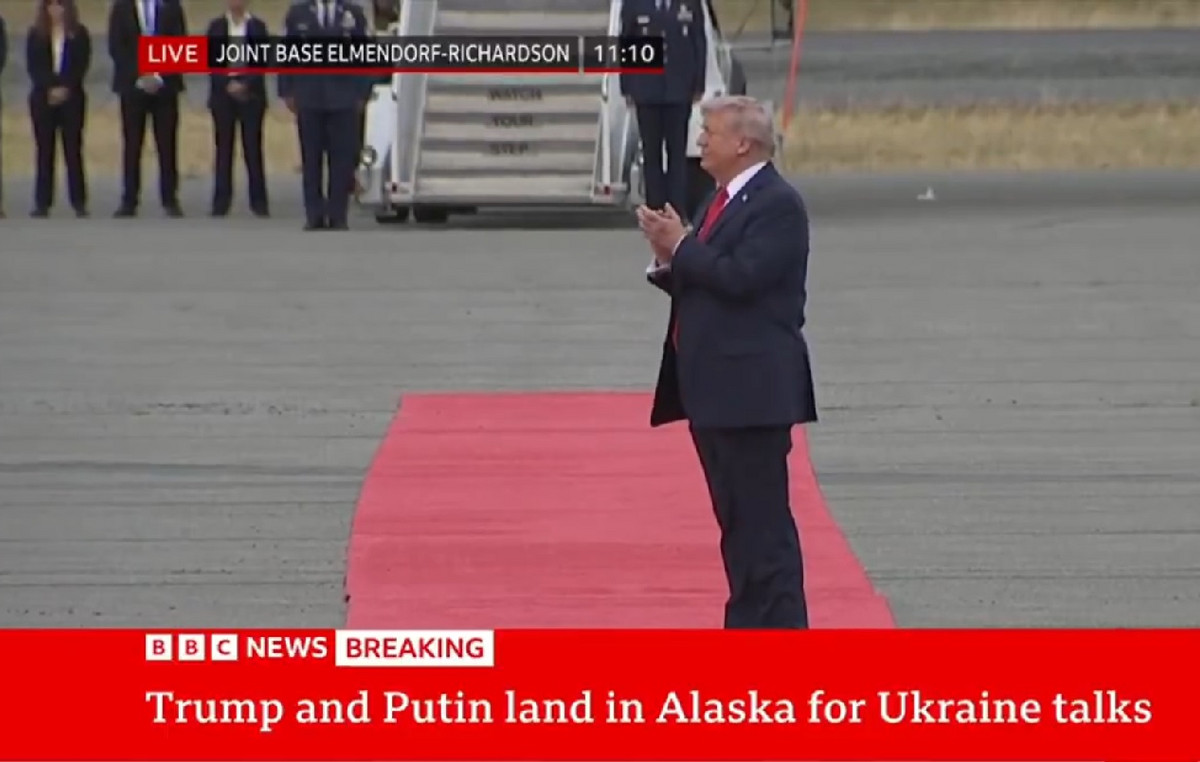From Shanghai to Beijing, protests have erupted across China in a rare show of dissent against the ruling Communist Party, sparked by anger over the country’s increasingly costly “Covid zero” policy.
As numbers swelled at demonstrations in several major cities over the weekend, so did the range of grievances – some calling for more democracy and freedom.
Among the thousands of protesters, hundreds even called for the removal of Chinese leader Xi Jinping, who for nearly three years has overseen a strategy of mass testing, brute-force lockdowns, enforced quarantine and digital tracking that has reached a devastating human level.
Here’s what we know:
Why are the Chinese protesting?
The protests were triggered by a fire last Thursday (24) in Urumqi, capital of the Xinjiang region, in the far west. The fire killed at least 10 people and injured nine at an apartment building – leading to public fury after videos of the incident appeared to show that lockdown measures had delayed firefighters from reaching victims.
The city had been blocked for more than 100 days, with residents unable to leave the region and many forced to stay at home.
Videos showed residents of Urumqi marching to a government building and chanting for an end to the blockade on Friday. The next morning, the local government said it would lift the lockdown in stages – but it did not provide a clear timeline or address the protests.
That failed to quell public anger, and the protests quickly spread beyond Xinjiang, with residents of cities and universities across China also taking to the streets.

Where are the protests taking place?
Protests were reported across the country. Until now, the CNN verified demonstrations in at least 16 locations across the country – including two of China’s largest cities, the capital Beijing and the financial hub of Shanghai.
In Shanghai on Saturday, hundreds gathered for a candlelight vigil on Urumqi Road, the name of the city of Xinjiang, to mourn the victims of the fire. Many held up blank sheets of paper – a symbolic protest against censorship – and shouted: “I need human rights, I need freedom”.
Some also chanted for Xi to “resign” and sang The Internationale, a socialist anthem that has been used as a call to action at demonstrations around the world for more than a century. It was also used during pro-democracy protests in Tiananmen Square in Beijing before a brutal crackdown by armed troops in 1989.
China’s Covid-zero policies were felt particularly acutely in Shanghai, where a two-month lockdown earlier this year left many without access to food, medical care or other basic supplies – sowing deep public resentment.
On Sunday night, mass demonstrations spread to Beijing, Chengdu, Guangzhou and Wuhan, where thousands of residents called not only for an end to Covid restrictions but, most notably, political freedoms. Residents of some closed neighborhoods knocked down barriers and took to the streets.
Protests also took place on campuses, including the prestigious institutions of Peking University and Tsinghua University in Beijing and the University of Communication of China in Nanjing.
In recent days, vigils and demonstrations of solidarity with those on the continent have also been held in other parts of the world, including London and Sydney.
In Hong Kong, where a national security law imposed by Beijing in 2020 was used to quell dissent, dozens of people gathered on Monday night in the city’s central district for a vigil. Some held blank pieces of paper, while others left flowers and posters in honor of those killed in the Urumqi fire.
Why is this significant?
Public protest is extremely rare in China, where the Communist Party has tightened its grip on all aspects of life, launched a sweeping crackdown on dissent, eliminated much of civil society and built a high-tech surveillance state.
The mass surveillance system is even stricter in Xinjiang, where the Chinese government is accused of detaining up to 2 million Uighurs and other ethnic minorities in camps where former detainees have claimed they were physically and sexually abused.
A scathing United Nations report in September described the region’s “pervasive” surveillance network, with police databases containing hundreds of thousands of files containing biometric data such as facial and eye scans.
China has repeatedly denied accusations of human rights abuses in the region.
While protests do occur in China, they rarely happen on this scale, nor are they directly aimed at the country’s central government and leader, said Maria Repnikova, an associate professor at Georgia State University who studies Chinese politics and media.
“This is a different type of protest from the more localized protests we’ve seen recurring over the past two decades, which tend to focus their claims and demands on local authorities and on very specific social and economic issues,” she said.
Instead, this time the protests expanded to include “the sharpest expression of political grievances along with concerns about Covid-19 lockdowns”.
In recent months, there have been increasing signs that the public has lost patience with Covid zero, after nearly three years of economic hardship and disruption to everyday life.
Isolated pockets of protest erupted in October, with anti-Covid zero slogans appearing on the walls of public restrooms and in several Chinese cities, inspired by a banner hung by a lone protester from an overpass in Beijing just days before Xi cemented a third term in office. power.
In early November, larger protests took place in Guangzhou, with residents defying lockdown orders to tear down barriers and cheer as they took to the streets.
How did the authorities respond?
While protests in various parts of China appear to have dispersed peacefully over the weekend, some have received a stronger response from authorities.
The Shanghai protests on Saturday led to clashes between protesters and police, with arrests made in the early hours of the morning. Undeterred, protesters returned on Sunday, where they were met with a more aggressive response – videos show chaotic scenes of police pushing, dragging and beating protesters.
At one point, hundreds of police formed a human wall to block major roads, with a loudspeaker shouting a message for protesters to leave.

The videos have since been deleted from the Chinese internet by censors.
BBC journalist Edward Lawrence was arrested in Shanghai on Sunday night, with a BBC spokesman claiming he was “beaten and kicked by police” while covering the protests. He has already been released.
On Monday, a spokesman for China’s Ministry of Foreign Affairs acknowledged Lawrence’s arrest, claiming he had not identified himself as a journalist before his arrest.
The spokesperson also dodged questions about the protests, telling a reporter who asked whether widespread displays of public anger would make China consider ending Covid zero: “What you mentioned does not reflect what actually happened.”
He also claimed that social media posts linking the Xinjiang fire to Covid policies had “ulterior motives” and that authorities are “making adjustments based on local realities”.
When asked about protesters calling for Xi’s resignation, he replied: “I am not aware of the situation you mentioned.”
In Xinjiang, senior party officials convened a meeting on Saturday – the day after protests began in Urumqi – where they urged authorities to “strictly crack down” on rumours, inciting incidents and violent resistance to epidemic control measures, according to state media.
Without referring to the protests, Beijing’s municipal government on Sunday banned blocking entrances to residential complexes under lockdown, saying they must remain free for emergency services.
On Monday, Shanghai authorities were seen erecting high barriers along the road where the protests took place. A strong police presence was also apparent in Beijing, with police vehicles lining eerily quiet streets late on Monday in areas in the capital’s center where protesters had gathered the night before.
State media did not directly cover the demonstrations – but it doubled down on Covid-19, with a newspaper on Sunday calling it “the most scientifically effective approach”.
Source: CNN Brasil
Bruce Belcher is a seasoned author with over 5 years of experience in world news. He writes for online news websites and provides in-depth analysis on the world stock market. Bruce is known for his insightful perspectives and commitment to keeping the public informed.

